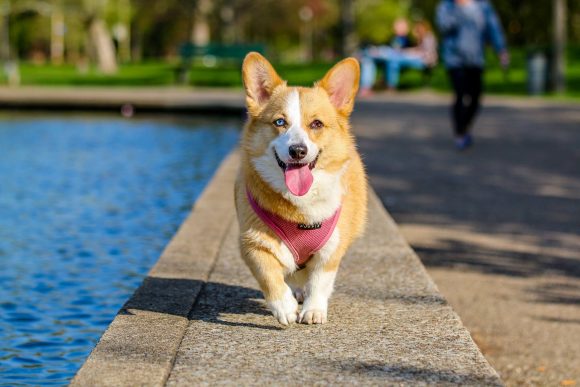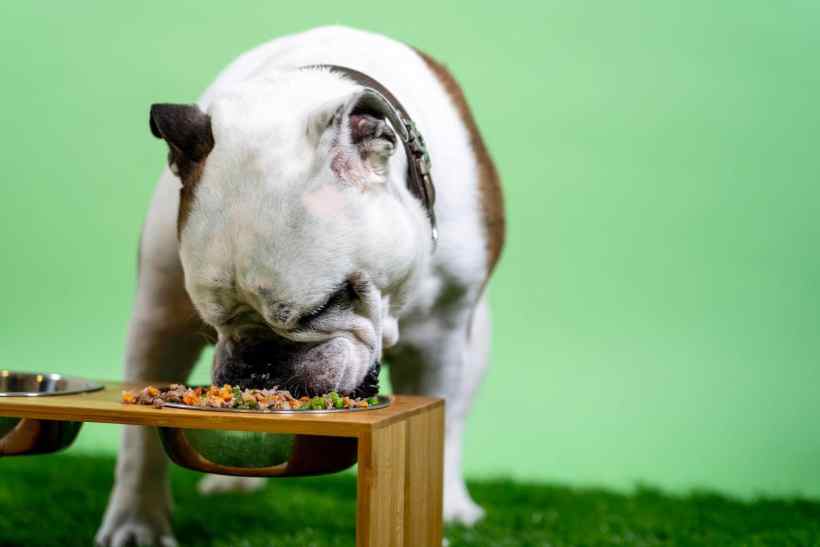Our furry friends, our loyal canine companions, bring boundless joy and love into our lives. They are more than just pets; they are cherished members of our families. As dedicated pet owners, it is our responsibility to ensure their health and happiness.
Dogs, like humans, can encounter various health issues and physical challenges throughout their lives. To address these concerns and enhance their overall well-being, dog physiotherapy has emerged as an indispensable component of veterinary care.
In this comprehensive article, we will explore various techniques and exercises in dog physiotherapy that can enhance the health, mobility, and quality of life of your beloved canine companion.
Understanding the Matter

Canine physiotherapy, also known as canine physical therapy or canine rehabilitation, represents a specialized branch of veterinary medicine dedicated to restoring and sustaining physical function in dogs.
It employs a diverse array of techniques and exercises to address a wide range of health issues, including injuries, surgeries, degenerative conditions, and age-related mobility challenges.
The core objectives of canine physiotherapy encompass:
Pain Reduction: Alleviating pain and discomfort in dogs grappling with musculoskeletal problems, post-operative pain, or chronic pain conditions.
Mobility Enhancement: Elevating a dog’s capacity to move, walk, and carry out daily activities by targeting specific muscle groups and joints.
Muscle Strengthening: Cultivating and reinforcing muscles to provide support to injured or weakened areas, contributing to the recovery process.
Facilitating Healing: Fostering the body’s innate healing processes, especially following surgeries or injuries, to expedite recuperation.
Elevating Quality of Life: Amplifying the overall well-being and quality of life of dogs by addressing physical limitations.
Essential Techniques and Exercises in Canine Physiotherapy
![]()
Massage Therapy: Massage therapy plays a pivotal role in canine physiotherapy. It entails the manual manipulation of muscles and soft tissues to alleviate tension, enhance blood circulation, and boost muscle flexibility. Massage can mitigate muscle spasms and alleviate pain, rendering it exceptionally beneficial for dogs grappling with musculoskeletal problems or those in recovery from surgery.
Range of Motion Exercises: Range of motion (ROM) exercises revolve around gently moving a dog’s joints through their full range of motion. These exercises help sustain joint flexibility and deter stiffness, which is of utmost importance for dogs battling arthritis or recuperating from orthopaedic surgeries.
Passive Range of Motion (PROM): PROM exercises are executed by the therapist and entail the gentle manipulation of a dog’s limbs or joints without active participation from the dog. This technique is indispensable when a dog cannot independently move a specific joint due to injury or surgery.
Active Range of Motion (AROM): AROM exercises necessitate the dog’s active participation in moving their joints. These exercises foster muscle strength and the preservation of joint mobility. Instances encompass leg lifts, hip extensions, and shoulder rotations.
Hydrotherapy: Hydrotherapy encompasses exercises conducted in water, typically within a pool or underwater treadmill. Buoyancy in water mitigates the impact on a dog’s joints, rendering it an excellent choice for dogs battling arthritis, orthopaedic conditions, or convalescing from surgeries. Activities such as swimming and walking in water serve to augment muscle strength and cardiovascular fitness.
Therapeutic Exercises: Targeted therapeutic exercises are devised to focus on specific muscle groups or address particular conditions. These exercises can incorporate balance and proprioception exercises, wherein dogs stand on unstable surfaces to enhance coordination and balance.
Cold and Heat Therapy: Cold therapy (cryotherapy) and heat therapy (thermotherapy) are employed to diminish inflammation and alleviate pain. Cold packs or ice massage can abate swelling, whereas heat packs or warm compresses relax muscles and boost blood circulation.

Electrotherapy: Electrotherapy employs electrical currents to stimulate muscles, enhance circulation, and alleviate pain. Common electrotherapy modalities encompass electrical muscle stimulation (EMS) and transcutaneous electrical nerve stimulation (TENS).
Laser Therapy: Low-level laser therapy (LLLT) harnesses specific light wavelengths to provoke tissue repair and curtail inflammation. It can be advantageous for dogs with soft tissue injuries, arthritis, and chronic pain conditions.
Acupuncture: Acupuncture, an ancient practice, entails the insertion of fine needles into specific points on a dog’s body to stimulate energy flow and expedite healing. It can be seamlessly integrated with other physiotherapy techniques to address a gamut of conditions.
Cavaletti Poles: Cavaletti poles are employed to encourage dogs to step over obstacles at varying heights, refining their coordination, flexibility, and strength. This exercise proves particularly beneficial for dogs convalescing from orthopaedic surgeries.
Wheelchairs and Assistive Devices: In cases of enduring mobility challenges, wheelchairs and other assistive devices can be enlisted to assist dogs in preserving their autonomy and quality of life.
Benefits of Canine Physiotherapy

The advantages of canine physiotherapy are extensive and can substantively augment a dog’s overall well-being. Some of the principal benefits encompass:
Pain Alleviation: Physiotherapy techniques and exercises can effectively mitigate pain, rendering dogs more comfortable and enhancing their quality of life.
Enhanced Mobility: Numerous dogs experience heightened mobility and increased ease in executing daily activities after undergoing physiotherapy.
Expedited Recovery: Physiotherapy serves to expedite the healing process post-surgeries or injuries, permitting dogs to regain functionality more promptly.
Muscle Fortification: Physiotherapy aids in building and reinforcing muscles, delivering better support to joints and mitigating the risk of injury.
Augmented Flexibility: Range of motion exercises bolster joint flexibility, rendering it more convenient for dogs to move and preserve their range of motion.
Enhanced Balance and Coordination: Certain exercises and balance training serve to improve a dog’s coordination, balance, and proprioception.
Prevention of Subsequent Injuries: Physiotherapy can diminish the risk of secondary injuries by addressing underlying musculoskeletal issues.
Heightened Quality of Life: Ultimately, canine physiotherapy aspires to elevate a dog’s comprehensive quality of life, enabling them to lead happier and more active lives.
Conclusion

Canine physiotherapy is a priceless and efficacious approach to enhancing the health and well-being of your canine companion. Through a combination of techniques and exercises, this specialized sector of veterinary care is proficient in delivering relief from pain, augmenting mobility, and catalyzing swifter recovery following injuries or surgeries.
As a conscientious pet owner, should you reckon that your dog could reap benefits from physiotherapy, it is imperative to seek counsel from a certified veterinary physiotherapist or rehabilitation specialist. They will meticulously assess your dog’s condition, devise a personalized treatment blueprint, and guide you through the techniques and exercises that will optimally serve your dog’s requirements.
By wholeheartedly embracing canine physiotherapy, you can empower your cherished furry friend to lead a healthier, more active, and jubilant life, ensuring their enduring role as an indispensable member of your family for countless years to come.



Leave a Reply